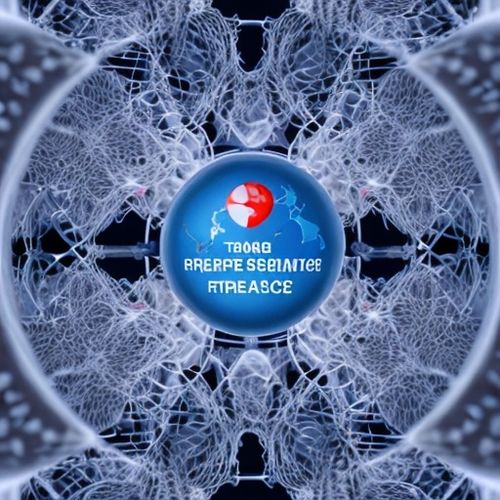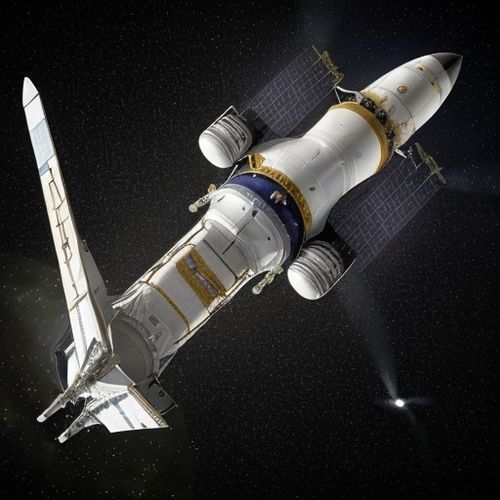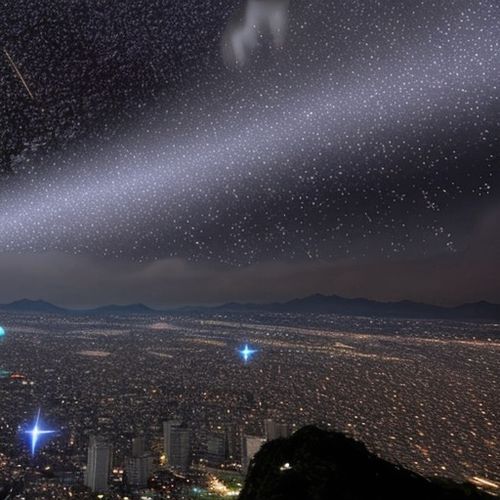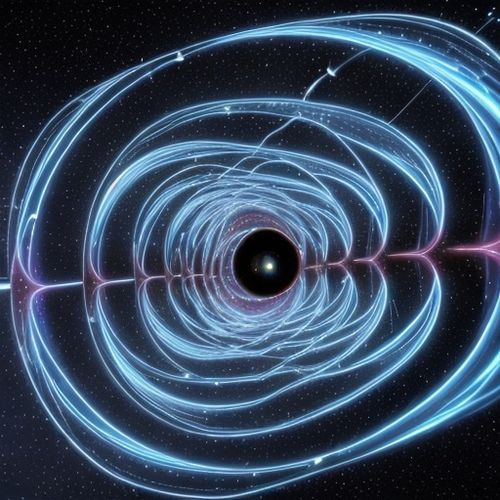The recent emergence of a patent detailing an alleged "anti-gravity" propulsion system has sent shockwaves through the aerospace community. Reports suggest that NASA is actively testing this revolutionary technology, which, if proven viable, could redefine the future of space travel and transportation as we know it. The implications of such a breakthrough are staggering, prompting both excitement and skepticism among experts and enthusiasts alike.
According to documents obtained from the United States Patent and Trademark Office, the device in question appears to manipulate gravitational forces in a way that defies conventional physics. The patent describes a method of creating a "gravity wave" that effectively cancels out the pull of Earth's gravity, allowing objects to achieve lift without traditional propulsion systems. While the scientific community remains divided on the feasibility of such technology, the fact that NASA is reportedly involved in testing has lent credibility to the claims.
Sources close to the matter reveal that NASA's Advanced Propulsion Physics Laboratory, better known as Eagleworks, has been conducting discreet experiments with the technology at its Johnson Space Center facility in Houston. The team, which specializes in investigating breakthrough propulsion concepts, has allegedly achieved some preliminary success in creating localized gravitational anomalies during controlled laboratory conditions.
The theoretical foundation for this technology appears to draw from controversial physics concepts that have long been dismissed as fringe science. These include modified theories of inertia, quantum vacuum fluctuations, and speculative warp field mechanics. What makes the current situation remarkable is that for the first time, these ideas are being seriously investigated by mainstream aerospace institutions with substantial research budgets.
Industry analysts note that the timing of these developments coincides with increased military interest in advanced propulsion technologies. The U.S. Department of Defense has significantly ramped up funding for exotic propulsion research in recent years, particularly through its Advanced Aerospace Threat Identification Program. This parallel development has fueled speculation about potential classified advancements that may already exist beyond the public sphere.
Critics of the anti-gravity claims point to the numerous historical instances where similar technologies were promised but never materialized. From Thomas Townsend Brown's gravitator experiments in the 1920s to more recent claims of "electrogravitics," the field has been plagued by exaggerated claims and failed replications. However, proponents argue that modern advancements in materials science and quantum physics may have finally provided the tools needed to make theoretical concepts practical.
The potential applications of successful anti-gravity technology are mind-boggling. In aerospace, it could eliminate the need for massive rocket boosters to escape Earth's gravity well, making space access routine and affordable. For terrestrial transportation, it might enable vehicles that hover effortlessly without friction or energy loss. Some theorists even speculate about interstellar travel possibilities if the technology can be scaled appropriately.
NASA has remained characteristically cautious in its public statements about the research. Agency representatives acknowledge investigating "advanced propulsion concepts" but stop short of confirming any breakthrough in gravity manipulation. This measured response is typical of government research organizations when dealing with potentially disruptive technologies, especially those that could have significant national security implications.
Independent physicists consulted for this report expressed a range of opinions about the feasibility of anti-gravity technology. While most maintain that such devices violate known laws of physics, a growing minority suggests that our understanding of gravity may be incomplete. The recent detection of gravitational waves and ongoing mysteries about dark matter and dark energy have led some to reconsider long-held assumptions about fundamental forces.
The patent itself makes for fascinating reading, describing a device that allegedly creates a "non-linear gravitational field" through high-frequency electromagnetic oscillations in specially designed superconducting materials. The inventor claims this effect stems from interactions between the device's electromagnetic fields and the quantum vacuum, though these assertions remain unverified by peer-reviewed research.
What makes this situation particularly intriguing is the caliber of scientists reportedly involved in the research. Unlike many previous anti-gravity claims that came from fringe researchers, several individuals associated with this project have credible backgrounds in mainstream physics and aerospace engineering. Their willingness to attach their reputations to such research suggests there may be more to these claims than typical pseudoscience.
The road from laboratory curiosity to practical application remains long and uncertain. Even if the basic principles are sound, engineering challenges in scaling up the effect and controlling it precisely would be enormous. Energy requirements, material limitations, and stability issues could all prove insurmountable with current technology. Yet the mere possibility that such research is being seriously pursued marks a significant shift in scientific priorities.
Commercial space companies are watching these developments closely. Several major aerospace corporations have quietly filed similar patents in recent years, suggesting the industry sees potential in this direction. The competitive implications are enormous - whichever entity first masters gravity control would gain an insurmountable advantage in the burgeoning space economy.
As with any potential technological revolution, ethical and safety concerns accompany the excitement. The ability to manipulate fundamental forces could have unintended consequences ranging from geological instability to unforeseen effects on human biology. Some theorists have even raised concerns about potential weaponization of such technology, though these discussions remain speculative at this early stage.
The coming months will likely bring more clarity as NASA faces increasing pressure to disclose the nature and progress of its research. Congressional hearings, scientific conferences, and potential leaks may shed more light on whether we stand at the brink of a new technological era or another dead end in humanity's quest to conquer gravity. For now, the dream of anti-gravity remains tantalizingly suspended between science fiction and potential reality.

By Emily Johnson/Apr 10, 2025

By Sarah Davis/Apr 10, 2025

By Christopher Harris/Apr 10, 2025

By John Smith/Apr 10, 2025

By Ryan Martin/Apr 10, 2025

By Olivia Reed/Apr 10, 2025

By Sarah Davis/Apr 10, 2025

By Victoria Gonzalez/Apr 10, 2025

By Laura Wilson/Apr 10, 2025

By Lily Simpson/Apr 10, 2025

By Grace Cox/Apr 10, 2025

By Emma Thompson/Apr 10, 2025

By Grace Cox/Apr 10, 2025

By Thomas Roberts/Apr 10, 2025

By Laura Wilson/Apr 10, 2025

By Benjamin Evans/Apr 10, 2025

By Megan Clark/Apr 10, 2025